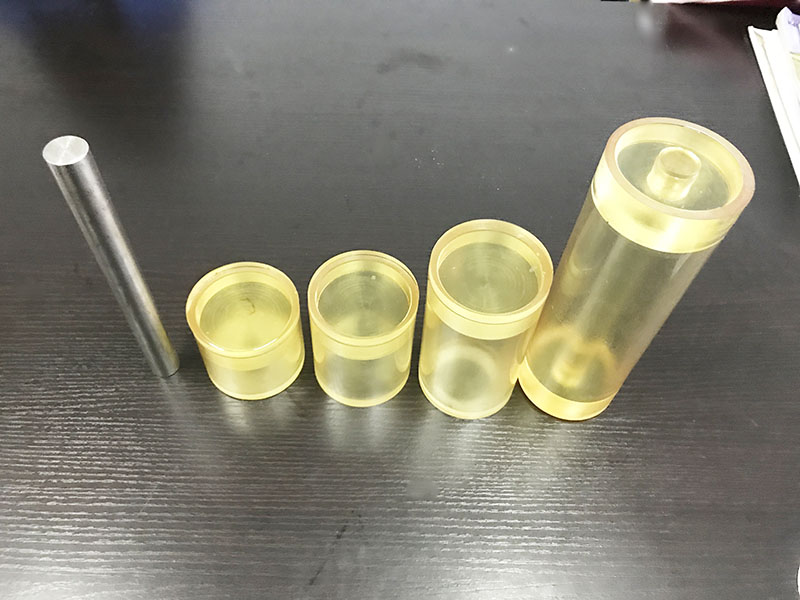

Introduction to HIP (Hot Isostatic Pressing)
Hot Isostatic Pressing is a manufacturing technique designed to increase the density of materials by reducing or eliminating their porosity or microporosity thus creating fully dense ‘wrought’ materials. Hot Isostatic Pressing (HIP) is a process employed to enhance or create materials or products with different mechanical properties by improving density, composition and dynamic strength.

How Does HIP Work?
The definition of ‘isostatic’ (subjected to equal pressure from every side) gives us a fundamental clue to the basic mechanics of HIP.
During Hot Isostatic Presing, pressure is applied to a material uniformly from all directions through an inert gas (such as Argon) in a pressurized vessel. Throughout the process heat is applied to the containment chamber to increase this pressure over time. It is important to note that the temperature employed is typically below the melting point of the material being pressed.
An inert gas is used to ensure that no chemical reaction occurs with the material during the process. The application of both heat and pressure simultaneously on all surfaces of a material helps to eliminate any small gaps (pores) in the material and hence increases density and uniform composition.

HIP in Manufacturing
Typical materials processed by HIP could be:
Ceramics
Metal Powder Castings
Plastics
Hardmetals
Low Carbon Steels
Stainless Steels
Nickel-based Super-alloys
Cobalt-based alloys
Glass
Tungsten Carbide

Applications and Products of HIP
HIP is widely used during the manufacture of high integrity and precise components for a diverse range of applications and industries from Aerospace and Medicine to Automotive.
Composites
Medical Implants
Bi-metal materials
Sintering (Powder metallurgy)
Coatings
Ceramic parts
Metal Matrix Composites
Super-Alloy Castings
Titanium Castings
Gas Turbine Components
Pumps
Valves
Pistons
Cutting Tools
Plastic and food extrusion technology
Heat Treatment
Diffusion Bonding
Redensification
HIP Brazing

Benefits of HIP
HIP allows us to squeeze the impurities (pores) out of materials in order to improve a number of their material characteristics. For example, in sintering (powder metallurgy) the process compresses a volume of metal powder at such high pressures and temperatures, that through a combination of deformation, creep and diffusion bonding you actually create a product with an homogenous annealed microstructure (compact solid) with minimal or no impurities in the material.
HIP gives the manufacturer and ultimate user a number of unique benefits:
Highest Achievable Density
Higher Static Strength
No segregation or grain growth during manufacture
Higher Dynamic / yield and tensile strength
Homogeneous annealed microstructure
Maximum abrasion resistance
Higher Corrosion resistance
Reduced porosity
Improved fatigue resistance
Reduction of Microshrinkage of castings
Near-Net shaped parts

We support all kinds of customization, if you need it, please contact us.
Phone/whatsapp:+86 18234744811
Email:sales@highindustryco.com